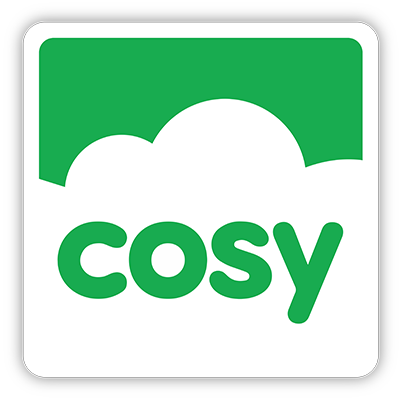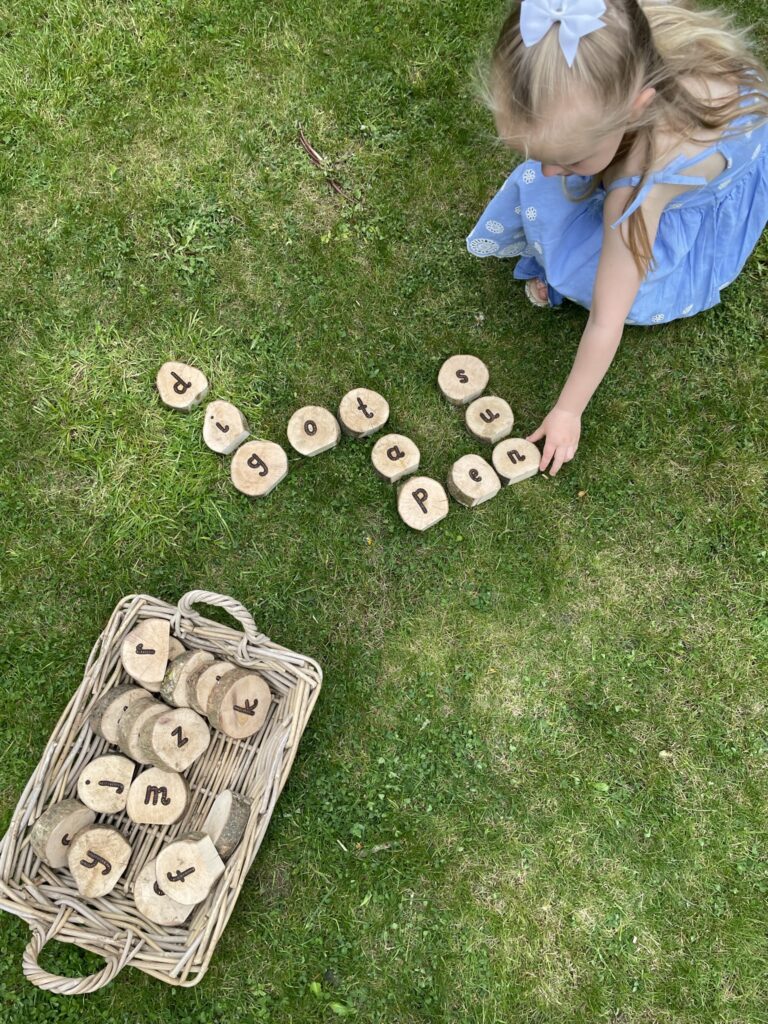Phonics outdoors: Learning through Play
We know that reading helps pupils to develop culturally, emotionally, intellectually and socially. We also know that phonics is a key element in helping children to become successful readers. Phonics is a method that helps children decode words using phonemes. Before we get to the fun part, let’s cover some basic terminology. Phonics outdoors
Phonics - Phonics teaches children to listen to and identify the sounds that make up words. This helps them to read and write words.
Grapheme - Written letters or a group of letters which represent one single sound (phoneme) e.g. a, l, sh, air, ck.
Phoneme - A single sound that can be made by one or more letters – e.g. s, k, z, oo, ph, igh.
Digraph - Two letters which together make one sound e.g. ee, oa, ea, ch, ay. There are different types of digraph:
- Vowel digraph: a digraph in which at least one of the letters is a vowel, for example: boat or day.
- Consonant digraph: two consonants which go together, for example: shop or thin.
- Split digraph: two letters, which work as a pair to make one sound, but are separated within the word e.g. a-e, e-e, i-e, o-e, u-e. For example: cake or pine.
Trigraph - Three letters which together make one sound e.g. igh, ear, tch, ure, air.
Vowel - The letters a, e, i, o, u.
Consonant - Most letters of the alphabet (excluding the vowels: a,e,i,o,u).
Blending - Saying the individual sounds that make up a word and then blending the sounds together to say the word – used when reading.
Segmenting - Splitting a word up into individual sounds – used when spelling and writing. The opposite of blending.
Tricky words - Words that are difficult to sound out e.g. said, the, because.
Pure Sound - Pronouncing each letter sound clearly and distinctly without adding additional sounds to the end e.g. ‘f’ not ‘fuh.’
CVC Words - Abbreviation used for consonant-vowel-consonant words, used to describe the order of sounds. Some examples of CVC words are: dog, man, tap, chip (because ch makes one sound). Other similar abbreviations include:
• VC words e.g. on, an, is.
• CCVC words e.g. tram and black.
• CVCC words e.g. tent and fast.
There are only 44 phonemes in the English language. There are three basic stages in which phonics is taught: Grapheme-Phoneme Correspondence (GPCs), Blending, and Segmenting.
Phonics Outdoors
Phonics doesn’t just have to be taught in the classroom. Taking phonics outdoors can help bring learning to life. The outdoors offers an exciting, engaging and stimulating environment which promotes early reading skills. Here are some ideas of how you could use phonics outdoors.
Spray the sound – Write sounds, words or tricky words on the wall or floor using chalk. Give your child/children spray bottles and once they’ve said the sound or word, they can spray it away.
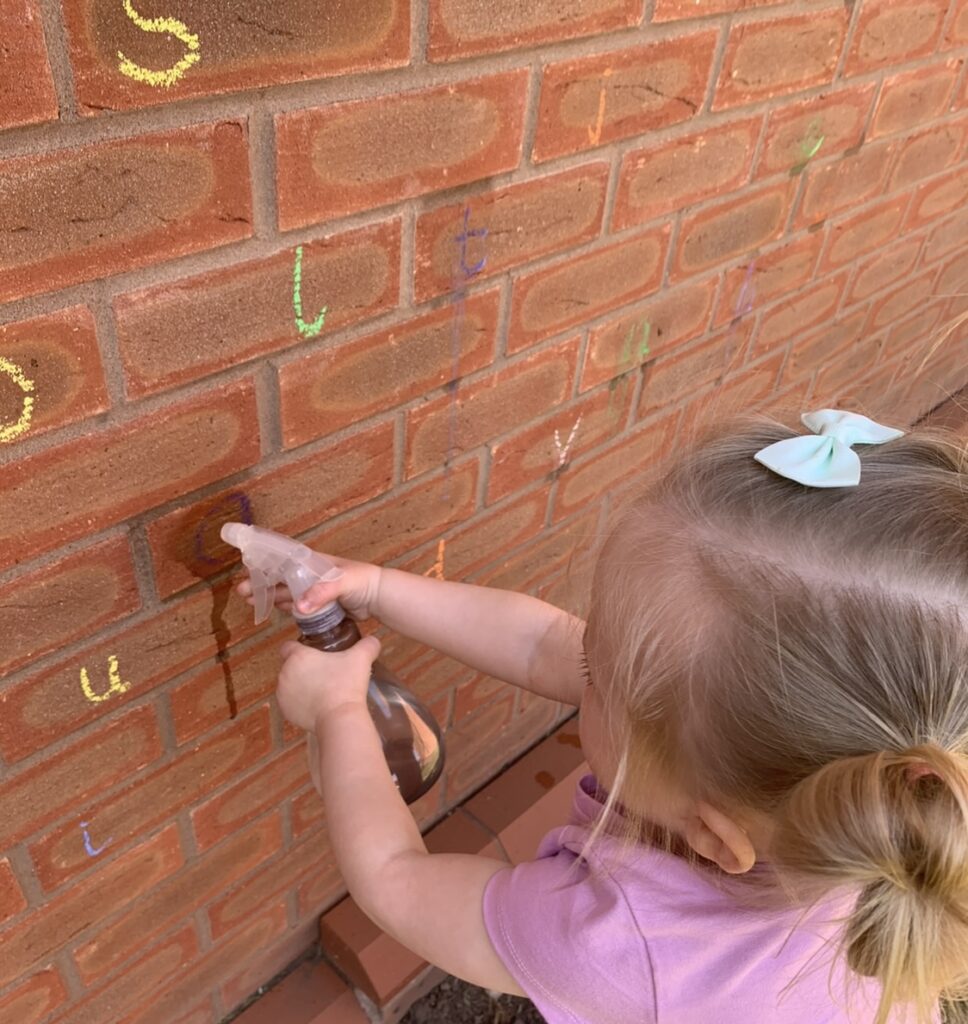
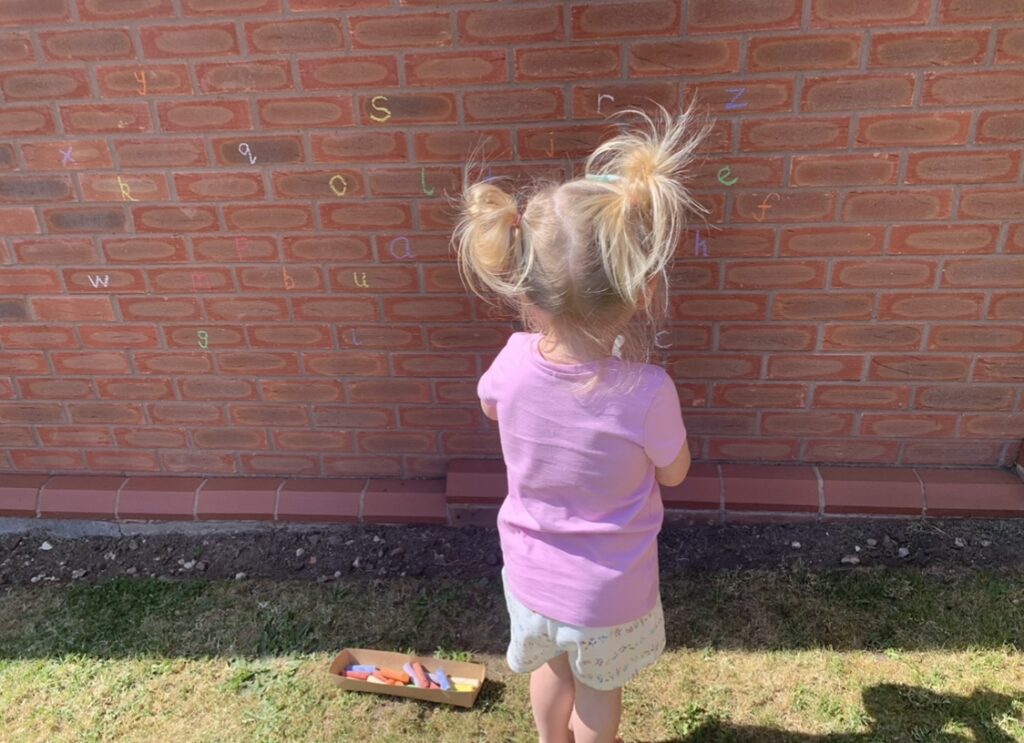
Hopscotch sounds – draw a hopscotch and instead of a number inside each square, write a sound. Ask children to hop to a certain sound. Challenge them further by asking them to make a CVC word by hopping to each sound in order.

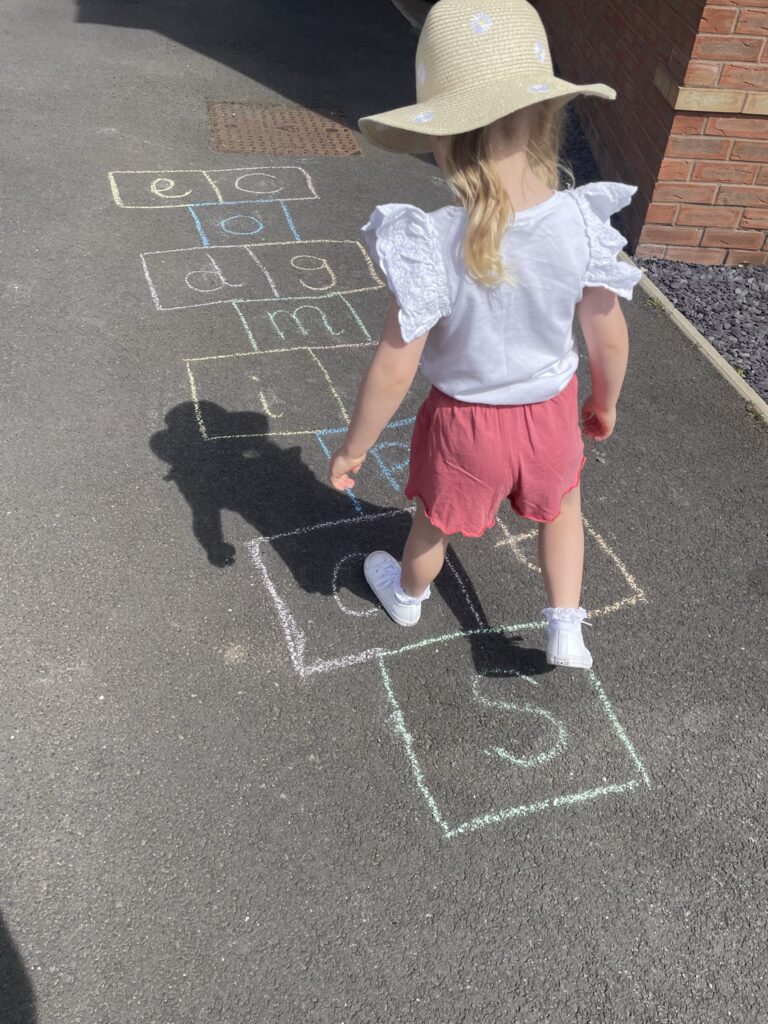
Aim at the sound – Line up the letter logs and get children to try and knock over the given sound. Depending on children’s aim, they could aim and throw the bean bag, ball or quoit and say the sound they have successfully knocked over.
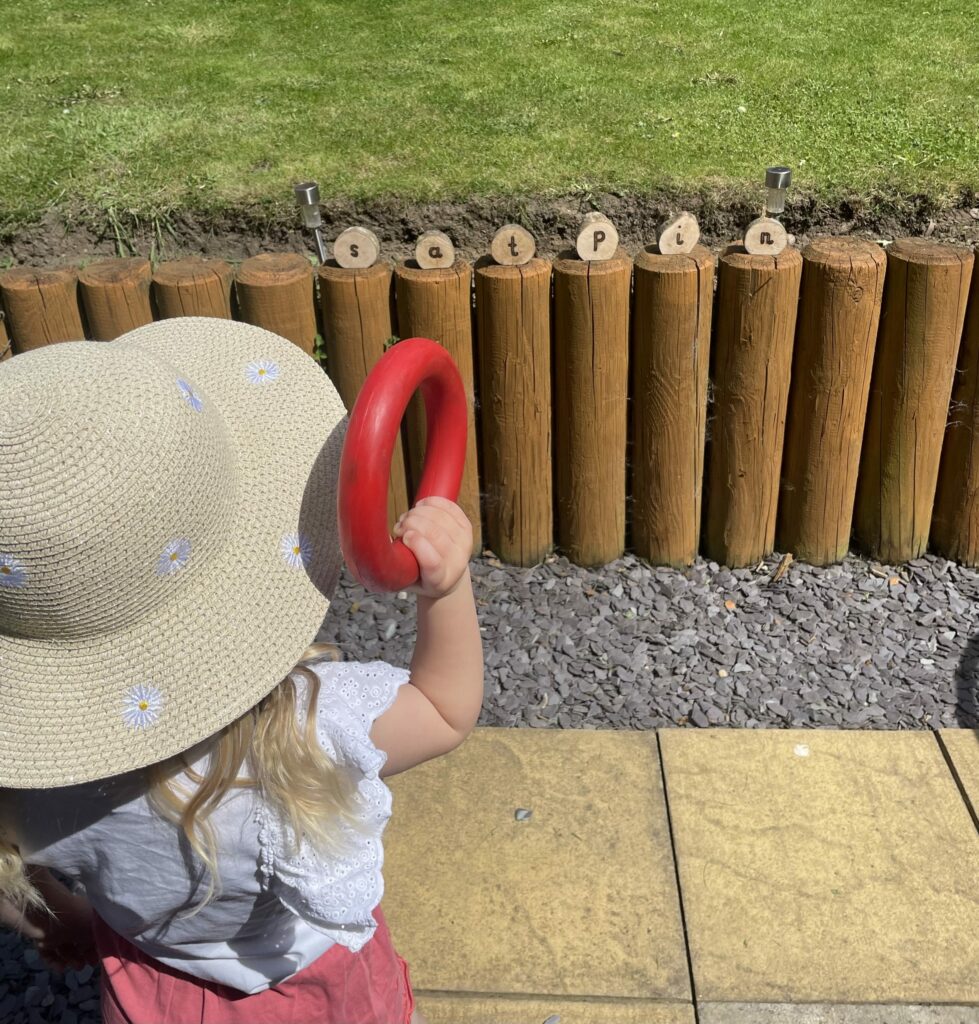
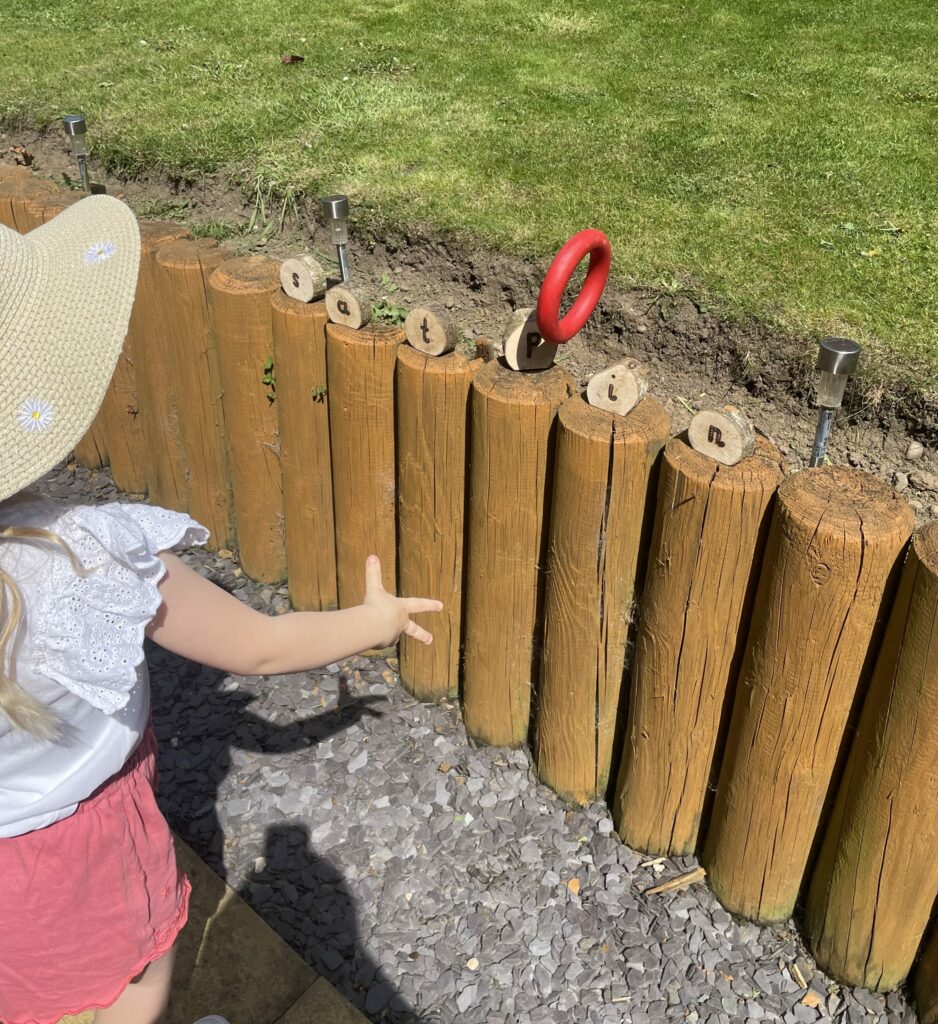
Outdoor scrabble – using letter logs, set up a game of outdoor scrabble. Ask children to think of words that start with a sound or end with a sound.
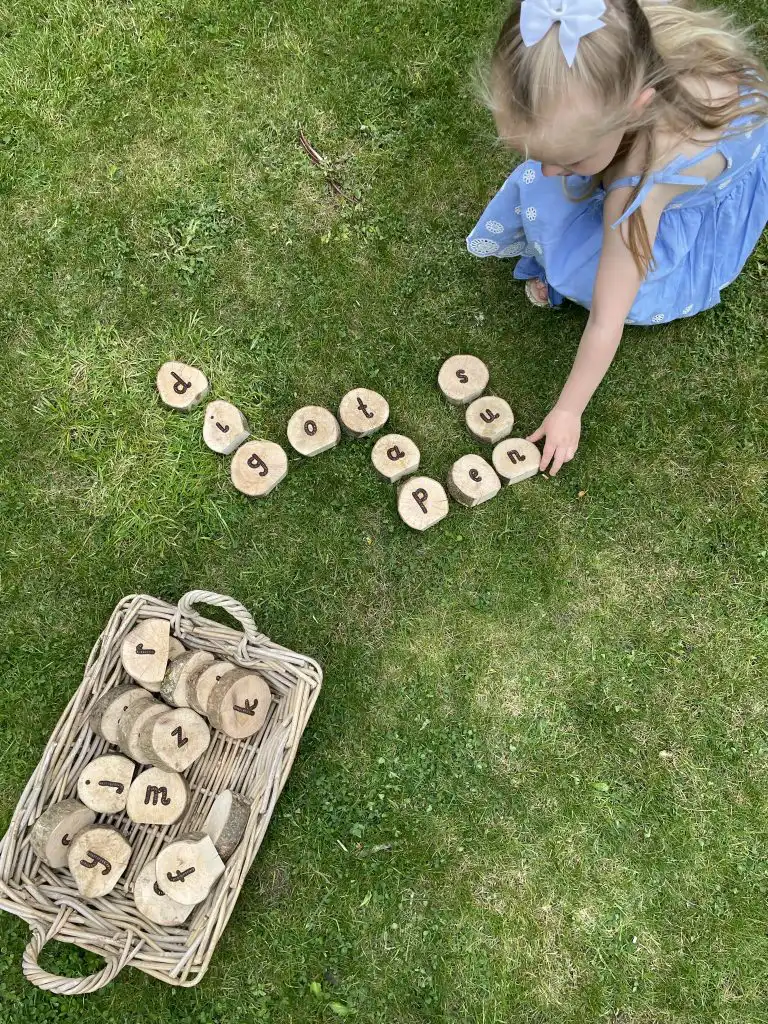
Tricky word sand writing – Set up a sand tray and encourage tricky word writing. For more confident children get them to reveal the word, read it, then turn over and write it. For less confident children get them to turn over the log slice, read it, then copy it into the sand. This can also be adapted for sound writing too.
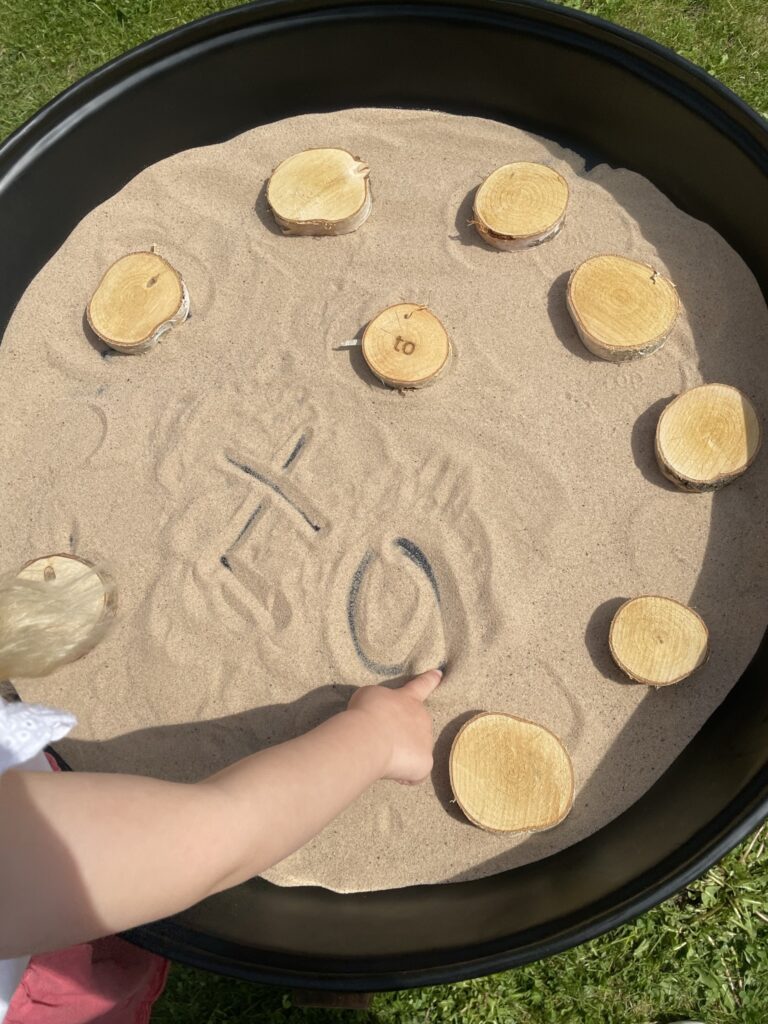
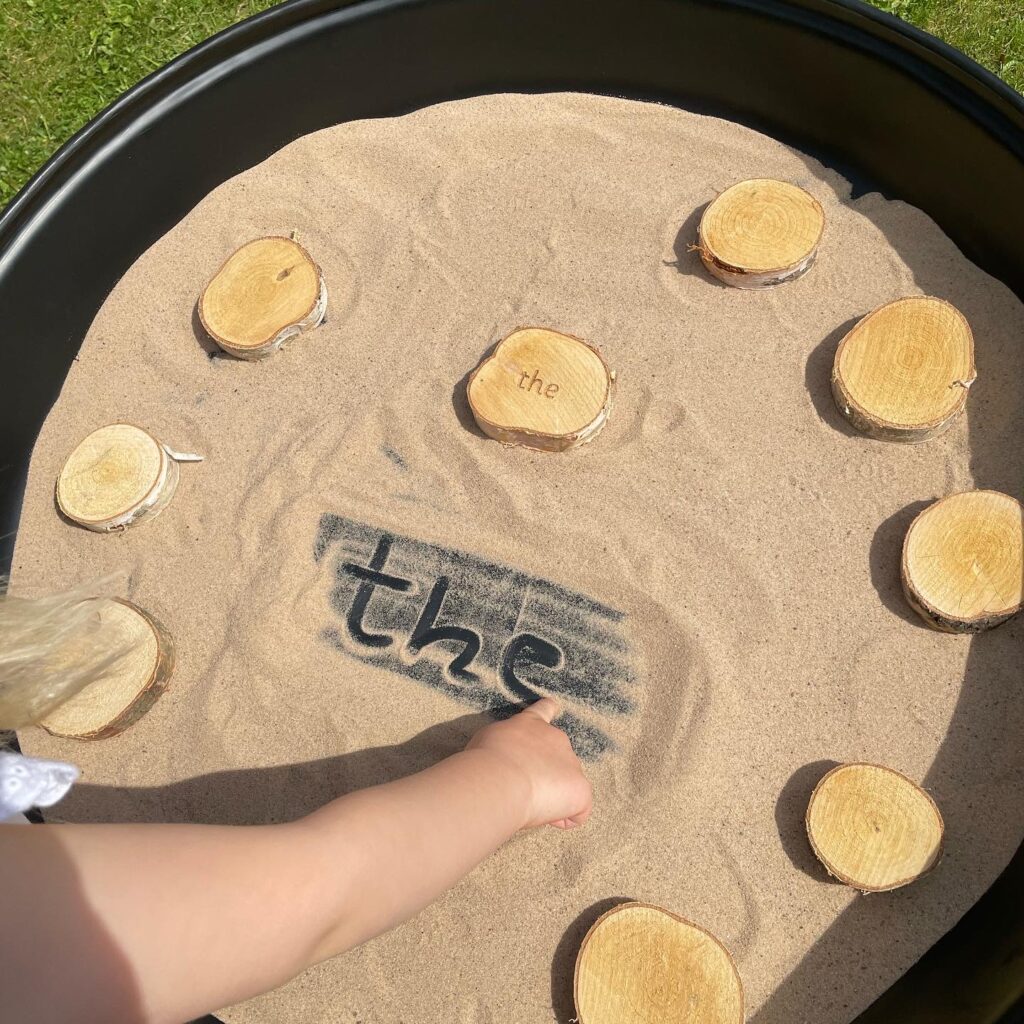
Segmenting for spelling – The segmenting stage is the opposite of the blending stage. Children say entire words and then break them down into the individual phonemes that make them up. We used the wooden frames and wooden sound slices for this activity. Give a word and get the children to segment the word in order to spell it. These frames are great for CVC words (three hooks) or CVCC / CCVC words (four hooks). This activity encourages children to hear and say aloud each sound in the word, so they gain confidence to correctly build and spell words.

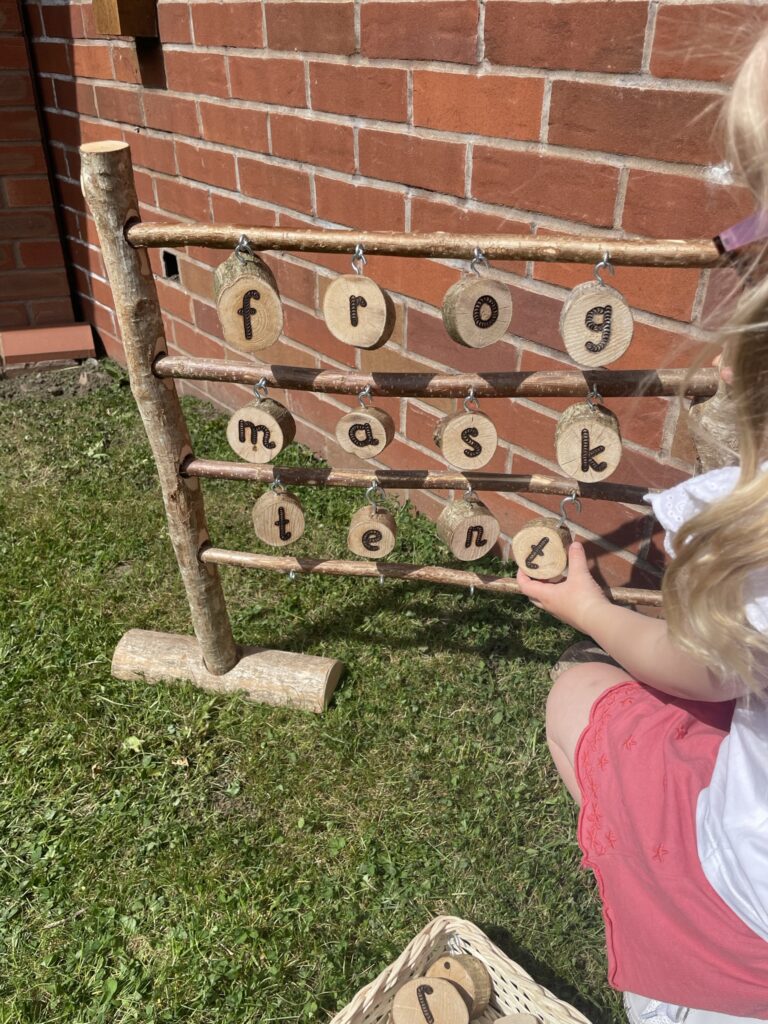
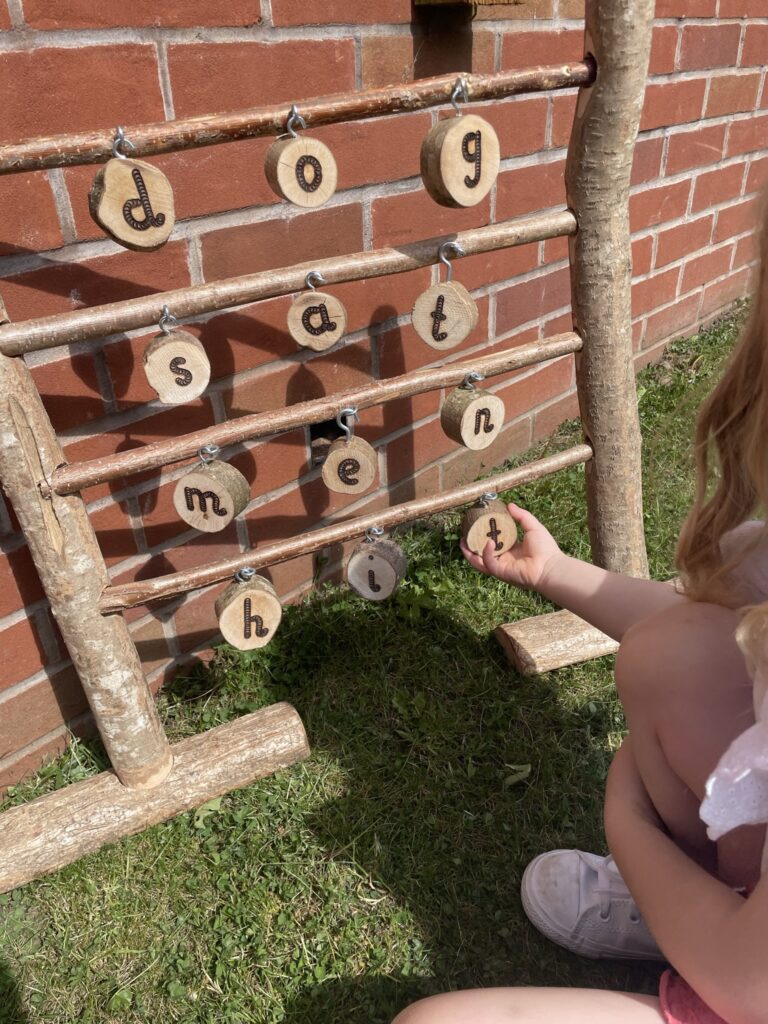
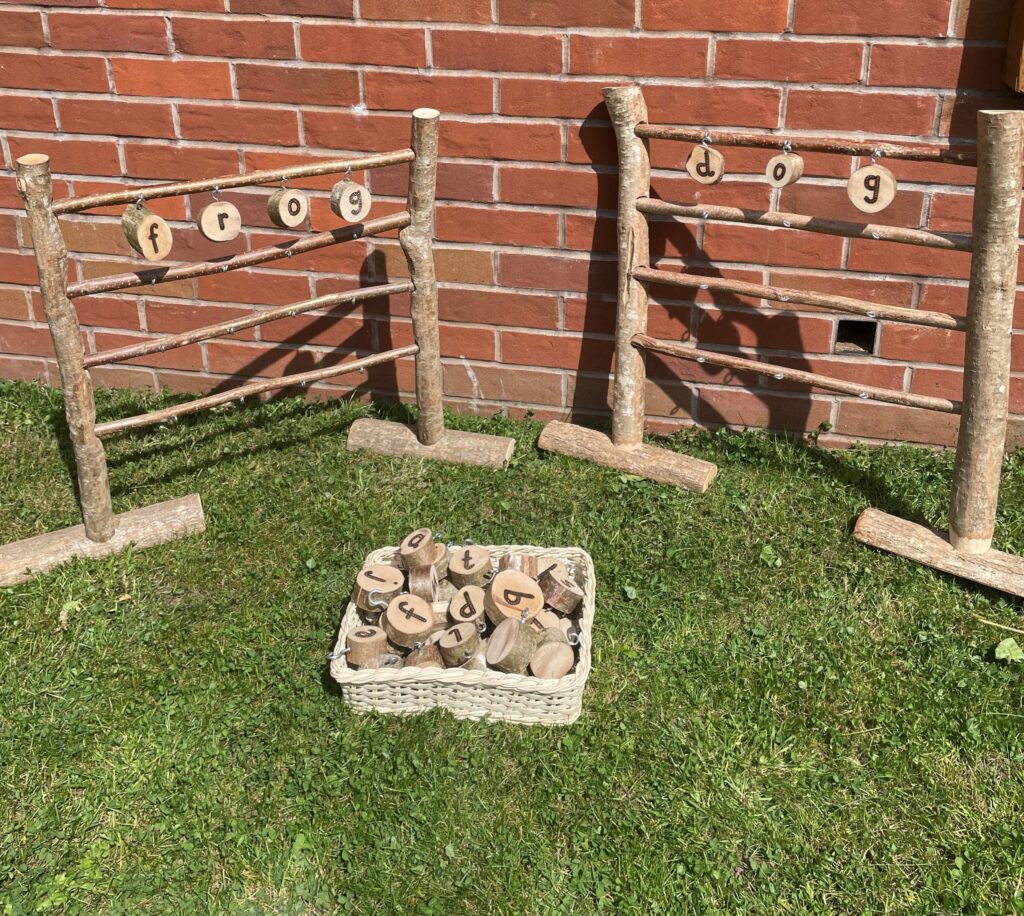
Phonics station – We used our message centre frame to encourage word building and sentence writing. Using the sounds available on the hooks, a word was given to segment and then a sentence created using that word.
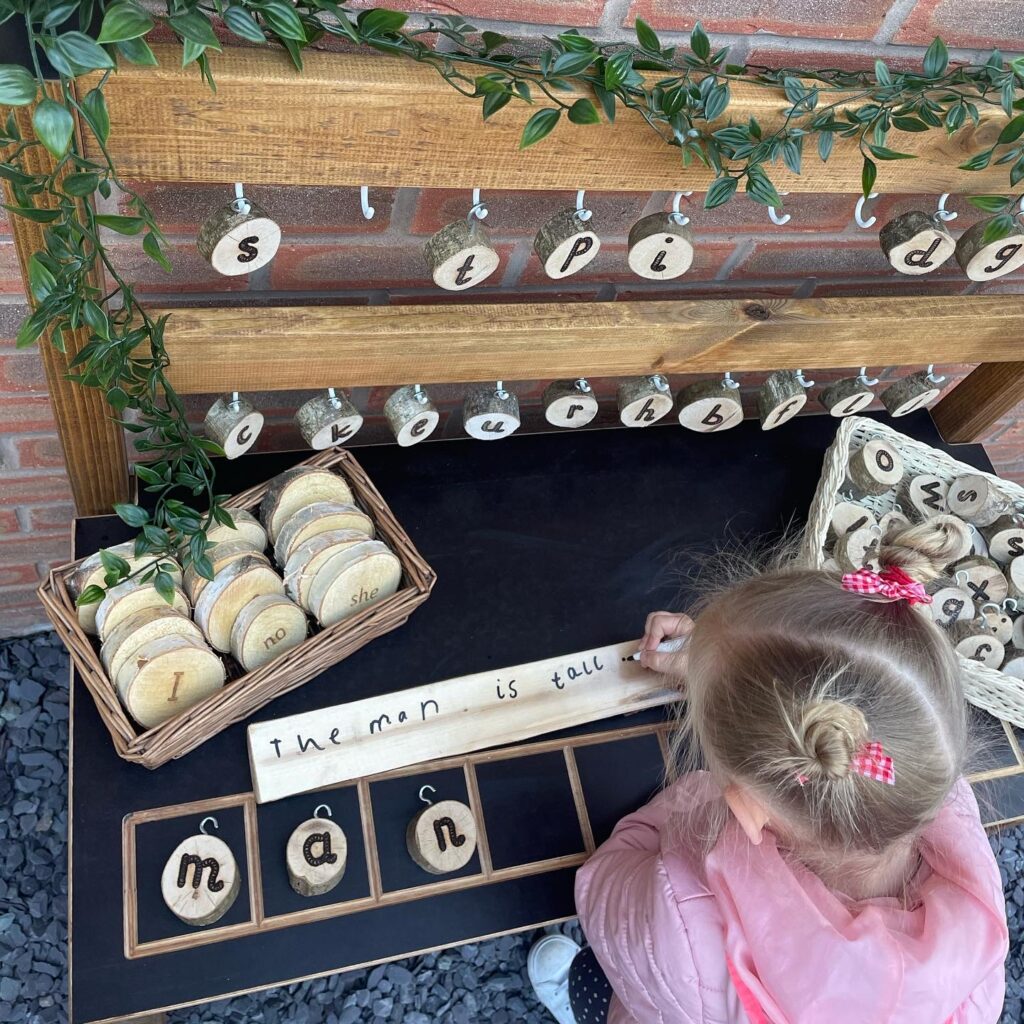
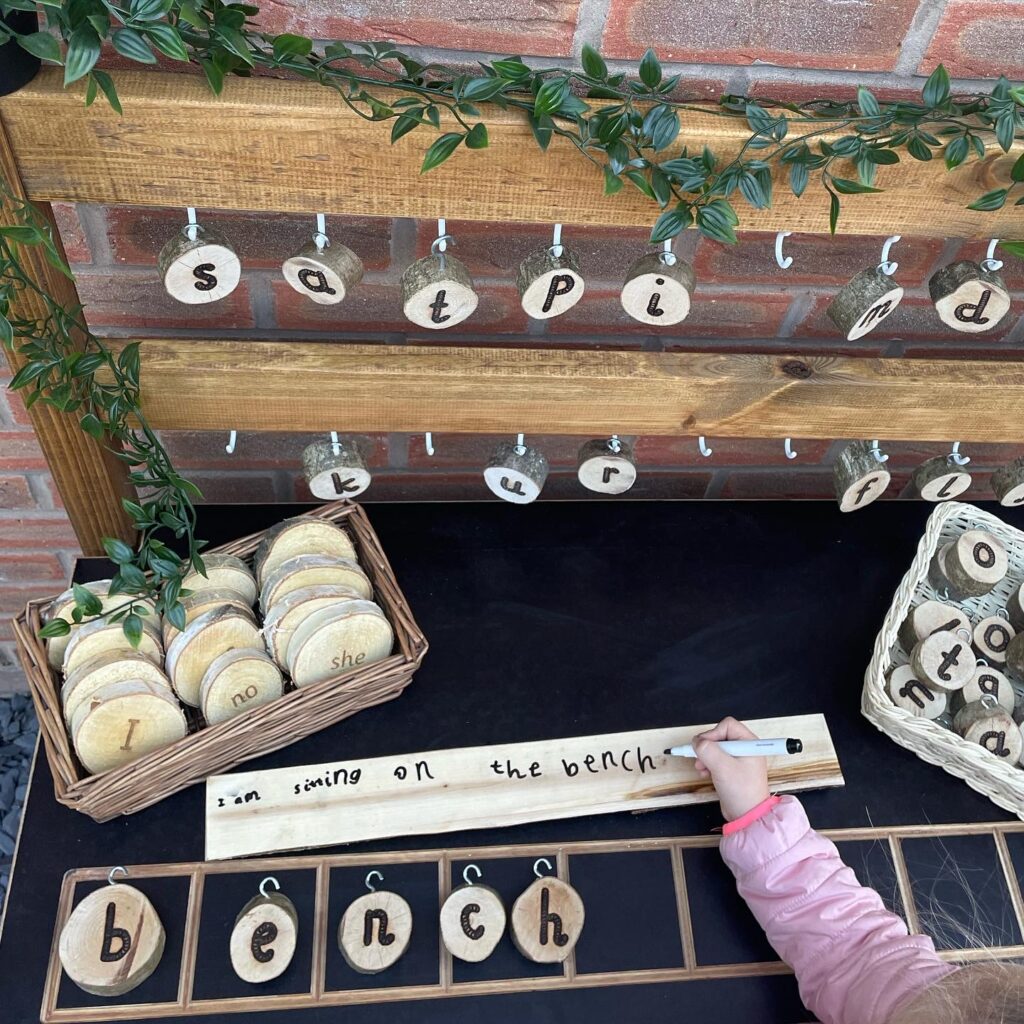
Writing for a purpose
Lastly, writing isn’t just confined to paper and pencil. Giving children a purpose for writing or an exciting new environment can foster a love of writing. Look at how we took our writing to the beach recently using our cosy direct wipe board and sentence strips.
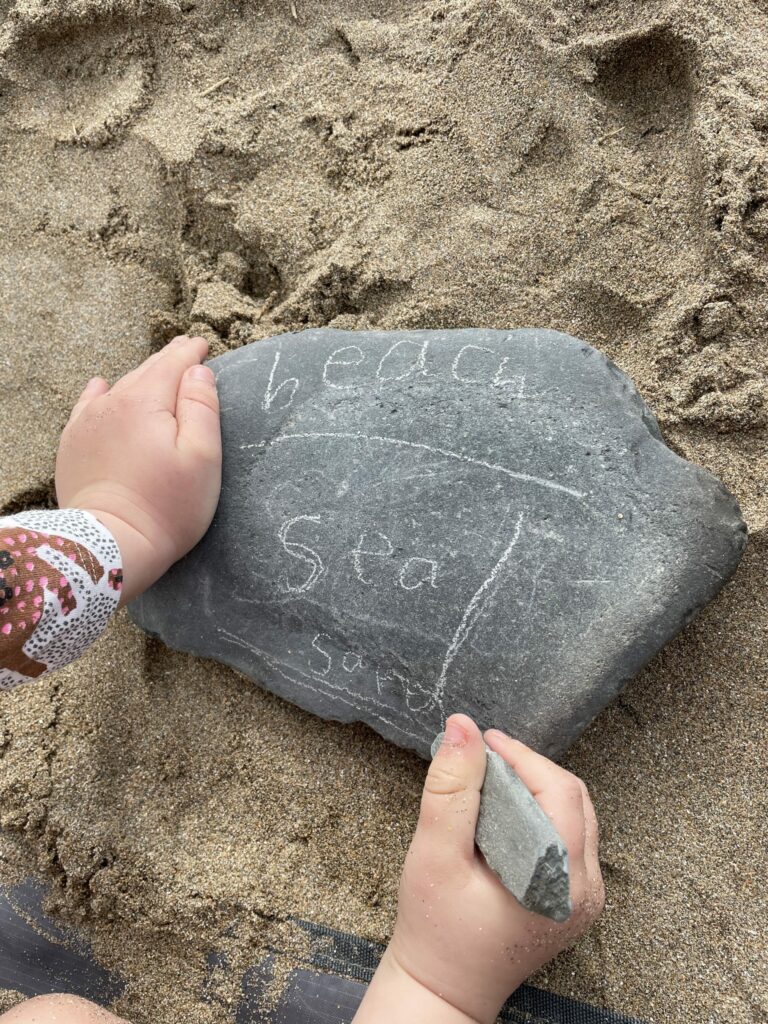
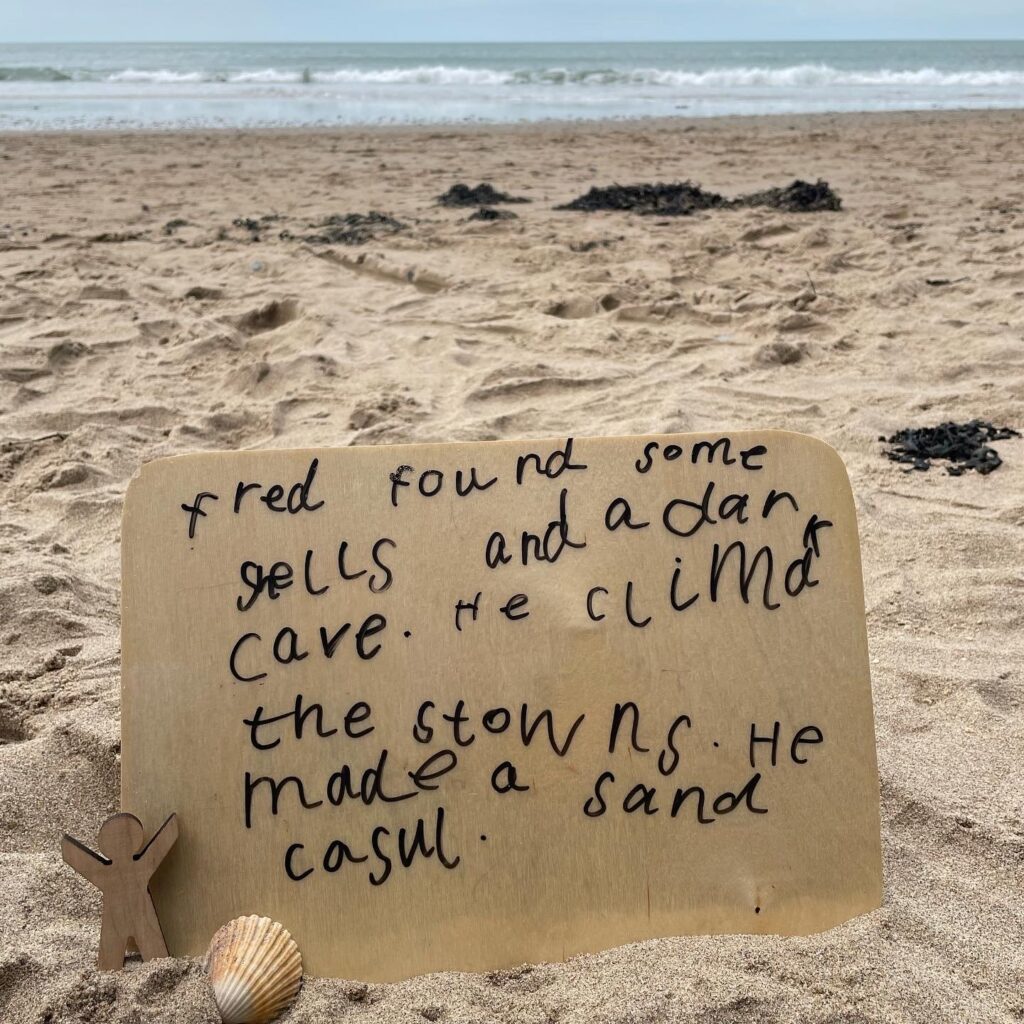

Phonics is an important tool to develop reading fluency, so let’s make it as engaging as we can for our children. Let’s make phonics fun and memorable.
We hope that you have got lots of ideas to take away from this Phonics Outdoors post.
Don’t forget to share your activities with us on our social channels!
Facebook: https://www.facebook.com/cosydirect/
Twitter: https://twitter.com/cosydirect
Instagram: https://www.instagram.com/cosydirect/
With thanks to @mrs_h_in_eyfs
